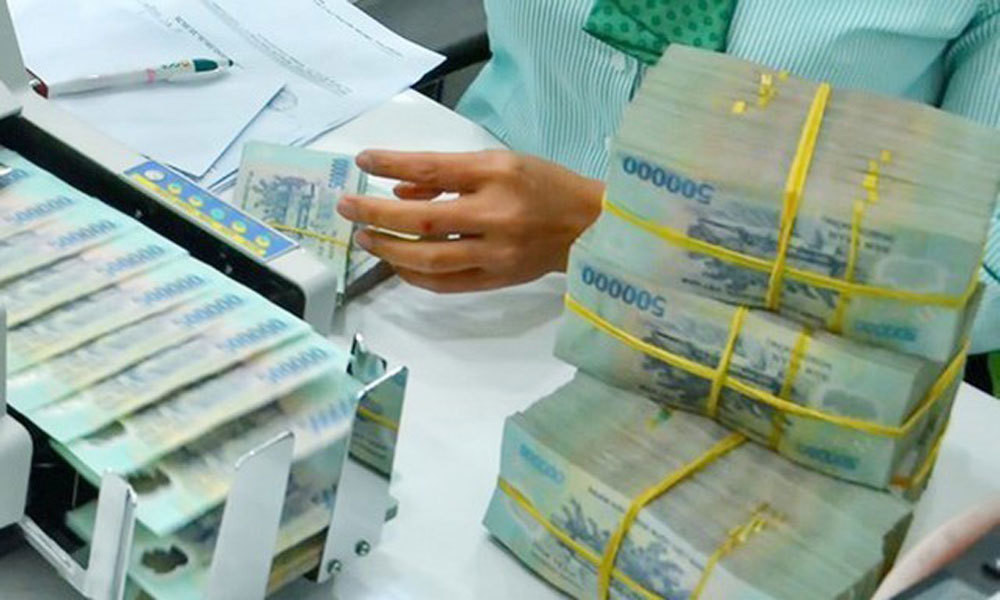
Nguyen Van Than, chair of the Vietnam Association of Small and Medium Enterprises, has said repeatedly at business forums that enterprises cannot borrow money from banks because of the strict requirements on procedures on appraisal and disbursement.
He said banks decide whether to lend money after evaluating borrowers’ collateral, rather than considering business plans’ feasibility. As a result, enterprises, especially small and medium enterprises (SMEs), find it difficult to access bank loans as they don’t have assets to mortgage for loans.
The PCI (provincial competitiveness index) 2022 released by the Vietnam Confederation of Commerce and Industry (VCCI) showed that the biggest difficulty faced by private enterprises is the inaccessibility to credit. In 2022, only 18 percent of surveyed enterprises said they had bank loans.
The noteworthy point is that the proportion has been decreasing in recent years. In 2017, 49 percent of private enterprises had bank loans, and the figure decreased to 45 percent in 2018 and to 43 percent in 2019. After that, it continued to drop to 42 percent in 2020, 35 percent in 2021 and 18 percent in 2022.
Nearly 80 percent of businesses said they could not get loans because they did not have collateral, according to VCCI.
There are about 800,000 private enterprises, 95 percent of which are SMEs. This means that only 142,000 private enterprises can access bank loans, while the remaining ones cannot.
Meanwhile, many businesses complain about the lack of capital. A director of a small mechanical engineering company in Thanh Tri district in Hanoi told VietNamNet that he usually has to borrow money from non-official credit sources. Sometimes, he has to mortgage the car he uses to get money to buy materials for production.
“You won’t be able to develop your business if you don’t have capital. With my current financial capability, I can only get enough work for workers to get by,” he said.
Need for capital
Some analysts say that Vietnamese enterprises are like "exhausted fields" because of the lack of water, or capital.
That is why after many years of development, the majority of enterprises are small and fragmented. A report found that only 2 percent of enterprises use high technology in production, while the remaining still use technologies that are 2-3 generations behind the times in comparison with other regional countries.
Lack of capital is also why businesses don’t want to invest in technology, innovation and digital transformation, though they understand that if they don’t do this, they will be stuck in low-productivity, low added value and middle income traps.
A typical Vietnamese private enterprise now has 21 workers, VND15 billion worth of fixed investment capital, and difficulties in accessing official credit.
The manufacturing and processing industry, which is considered the foundation of industrialization, helping sustainable economic growth, now only has 14 percent of enterprises, and they mostly do simple work.
While many enterprises complain they cannot access bank loans, others complain they have to pay high interest rates. With lending interest rates of nearly 10 percent on average, the capital costs that Vietnamese enterprises have to bear is twice as much as Chinese companies which pay an interest rate of 4.14 percent on average.
In early 2020, the Prime Minister signed Decision 149 approving the national financial inclusion strategy by 2025, with vision towards 2030.
The financial inclusion is understood that all people and enterprises can access and use financial products and services in a favorable way suitable to their demand, at reasonable costs, provided with responsibilities, with importance attached to the poor, low income earners, disadvantageous people, SMEs and tiny enterprises. Under the strategy, at least 250,000 SMEs will have outstanding loans from credit institutions by 2025.
Tran Thuy